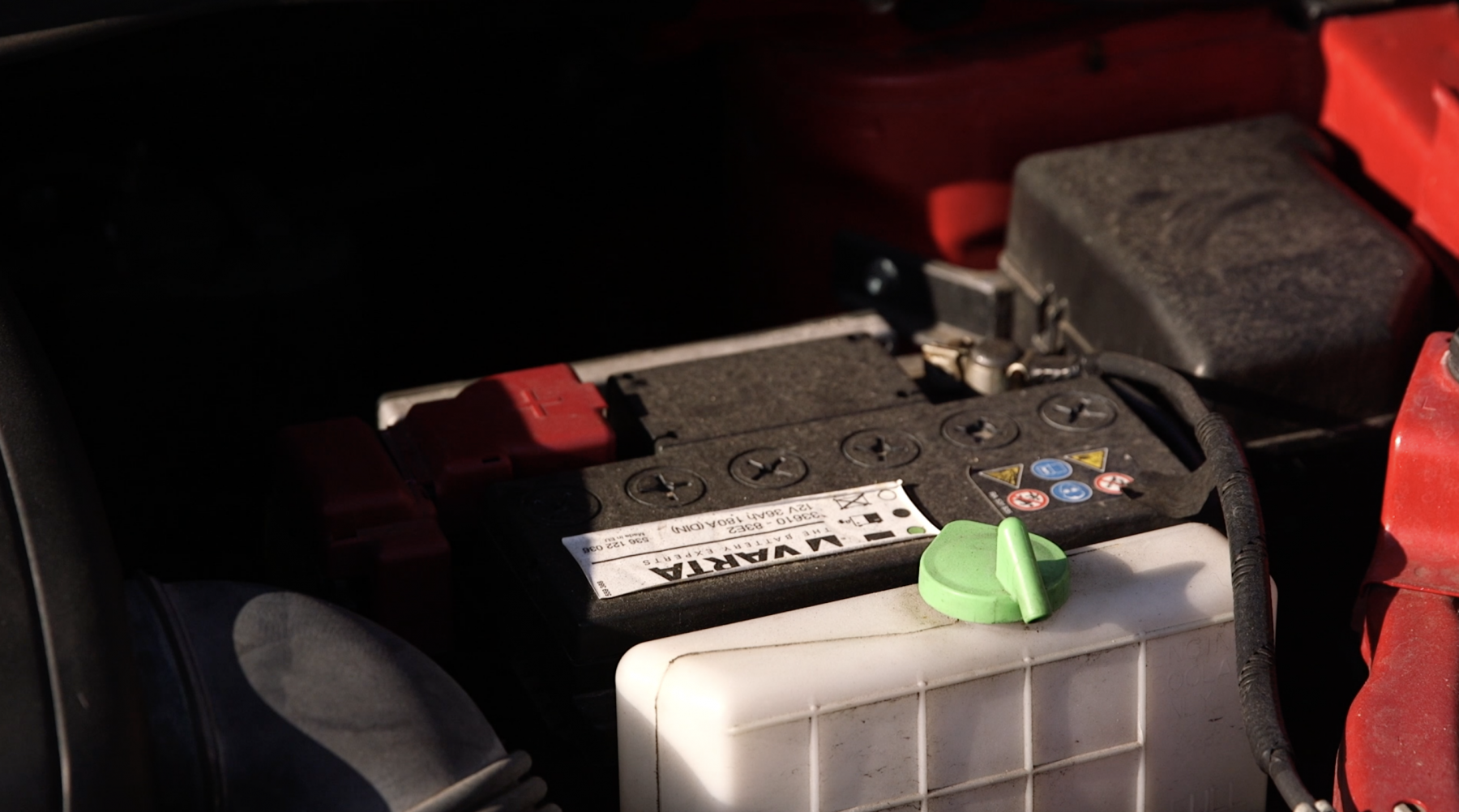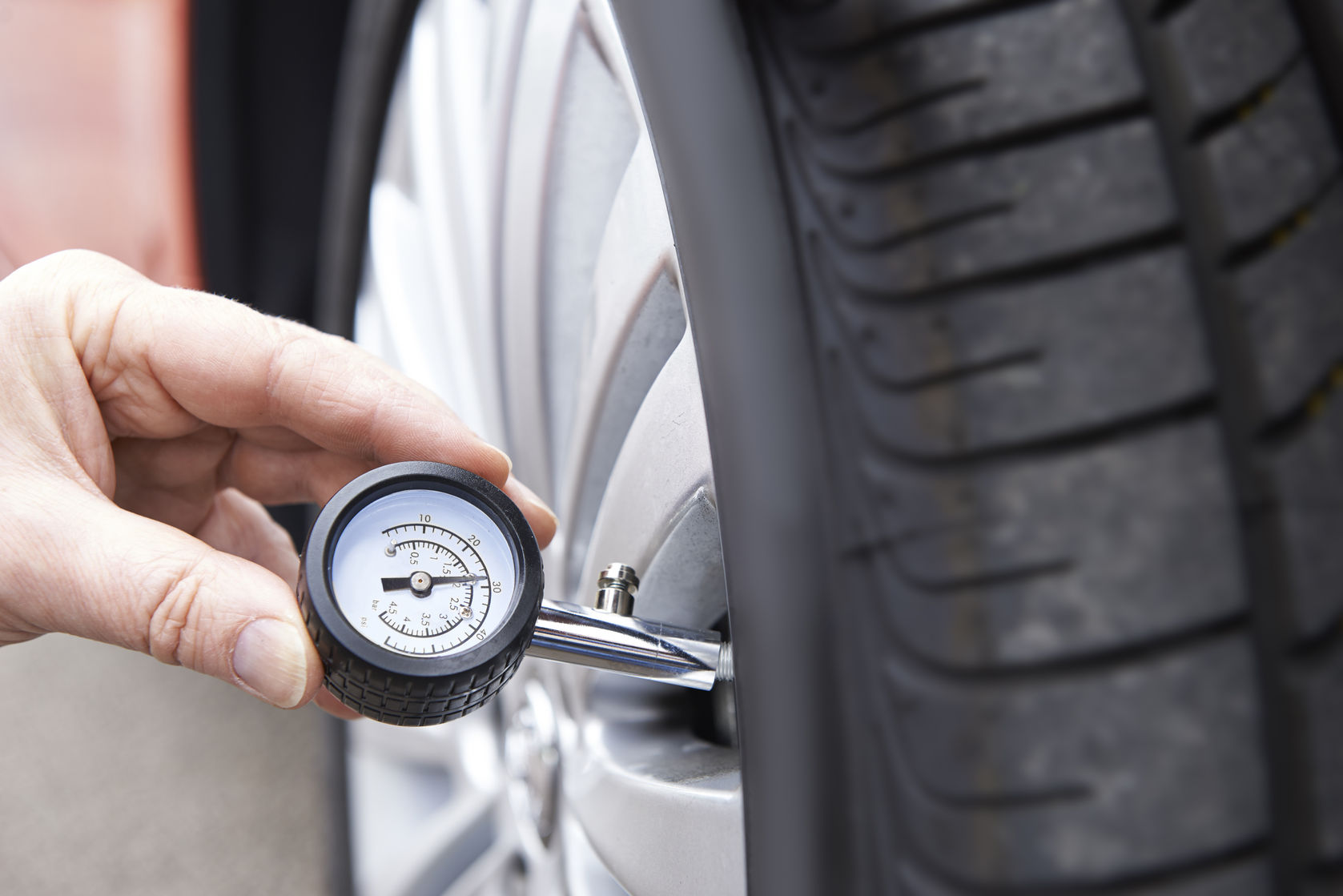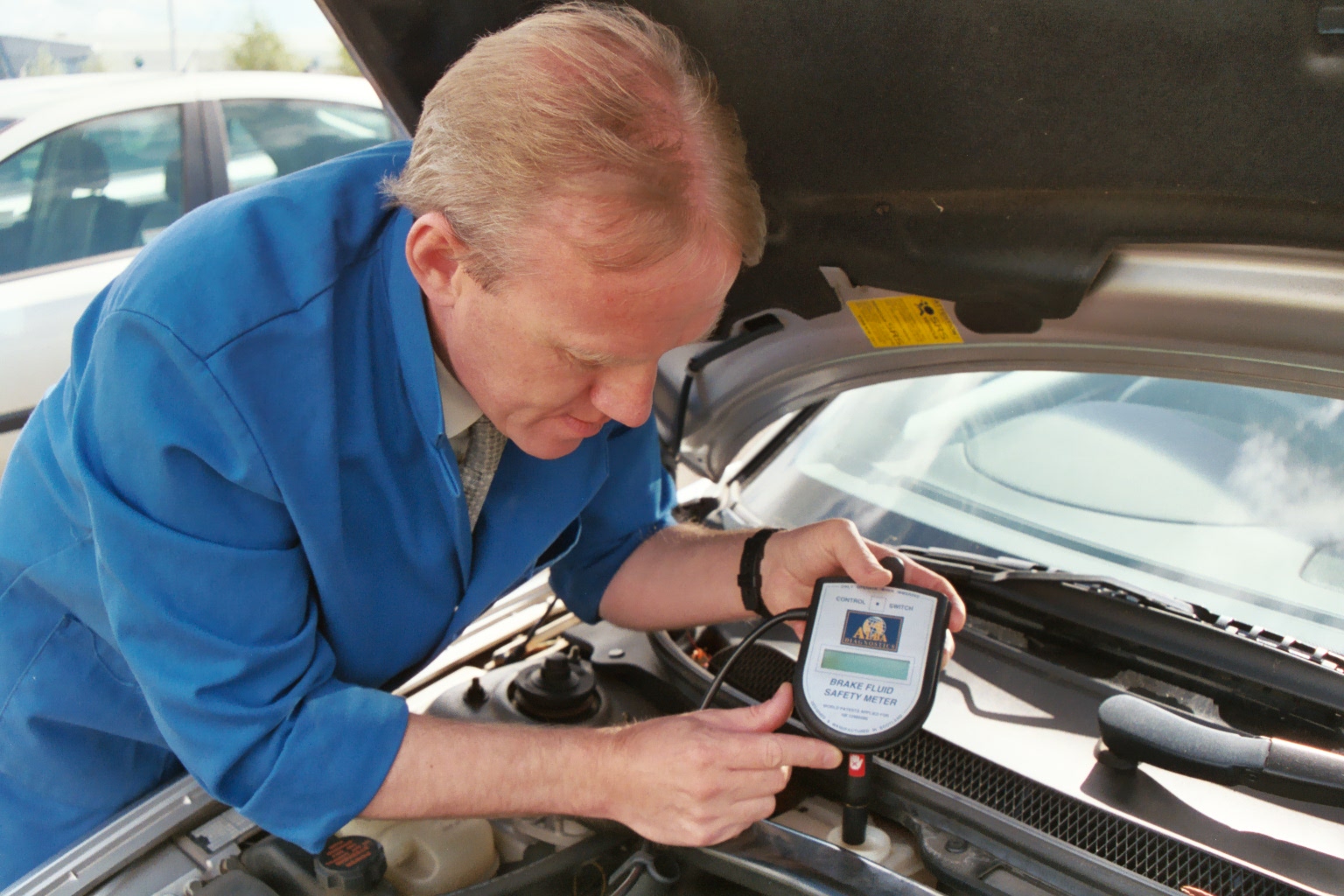More than a third of drivers who use their cars for work or commuting call in sick for at least one day a year because of car-related back pain, new research has found.
The research, which was conducted by carmaker Volvo, discovered that out of a sample of 2,000 adults who drive to work or for work purposes, 35 per cent admitted to having taken at least one day off work in the past 12 months because of back pain caused by uncomfortable car seats.
Applied to the 22,032,000 motorists in the UK who drive for work or commuting, the scale of the problem sees the economy hit by losses of £8.8 billion each year in lost productivity.
In addition, one in 10 said that they had taken a full working week off because of back pain.
Not only that, but the research discovered that nearly one in five of those surveyed had swapped out their cars for a more comfortable model to combat back pain, therefore putting additional stress on fleet operators. One in three also had to visit their local GP or physiotherapist for back pain – costing the NHS £191.94 million in appointments and hospital visits.
Kristian Elvefors, managing director for Volvo Car UK, said: “Back pain from poor quality car seats costs the UK economy billions in lost productivity, but also adds pressure on fleet providers to ensure their cars are comfortable for all drivers.
“Finding a replacement vehicle at short notice isn’t easy and costs money. Volvo is committed to ensuring that all of its customers, regardless of shape or size, find the seats in their car incredibly comfortable and pain-free.”
According to the Swedish manufacturer’s research, 63 per cent of drivers prioritise seat comfort above everything else when it comes to cars. Also, one in 10 of those drivers surveyed said that they have had passengers refuse to ride in their car because of its uncomfortable seats.









